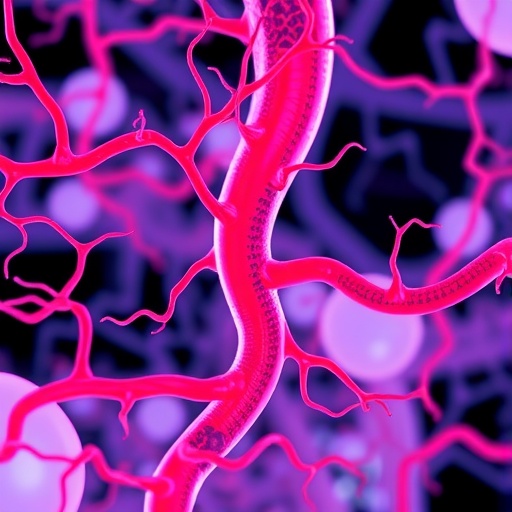Digital Holography is a powerful imaging technique for 3D vision and display systems. However, the use of coherent light sources introduces annoying visual phenomenon, namely speckle noise, an intrinsic interference effect due to the laser. Such coherent noise, superposing to digital holograms, severely degrades the corresponding reconstruction quality in holographic systems. The reduction of the light coherence, by engineering the laser source or by recording and combining multiple holograms, were the two main investigated ways to address such problem. In particular, multi-look Digital Holography (MLDH) has proved as one of the most efficient techniques to improve the quality of both the numerical and optical reconstructions. Nevertheless, several methods have been proposed to reduce holograms noise by implementing sophisticated processes, that are typically applied on numerical reconstructions of digital holograms for image visualization enhancement only. Indeed, very few methods, working directly on recorded holograms have been enveloped, ensuring the improvement of the quality for optical display purposes. Among these methods, the 3D Block Matching filtering (BM3D) has demonstrated very powerful denoising capabilities in the field of digital image processing, by means of a block grouping and collaborative filtering strategy. However, this method requires a certain level of the initial signal-to-noise ratio (SNR) of images to be processed; otherwise, an incorrect grouping could occur, cutting down the reconstruction quality. To overcome this limitation, a preliminary filtering is typically employed in the case of images with low SNR, as in the case of digital holograms. We discovered that the joint action of MLDH, grouping and collaborative filtering allows to achieve high quality numerical reconstructions in digital holography. We refer to this proposed method as MLDH-BM3D. In particular, MLDH pre-processing permits to achieve the enhanced grouping step ensuring better working conditions for the iterative processing blocks of the collaborative sparse 3D filtering. Definitely, we demonstrated that MLDH and BM3D can be considered as complementary steps, mixing smart optical recording methods and numerical processing. In the labs at Institute of Applied Sciences and Intelligent Systems of CNR, we demonstrated that the discovered approach works efficiently for both single- and multi-wavelengths Digital Holography, by achieving an enhancement up to 98% in terms of percentage of noise suppression, thus demonstrating an unsurpassable quality in holographic 3D reconstructions that can be considered a "noise-free" for human vision.
This impressive result can pave the way to the next generations of holographic imaging systems based on laser technology.
###
Media Contact
Chenzi Guo
[email protected]
http://www.ciomp.ac.cn/
############
Story Source: Materials provided by Scienmag




